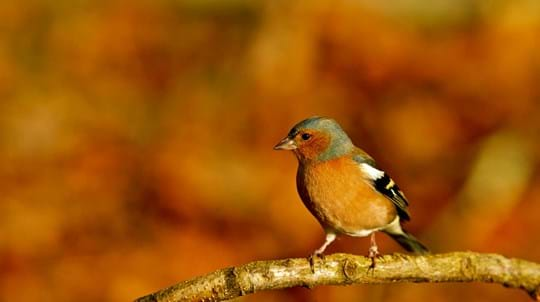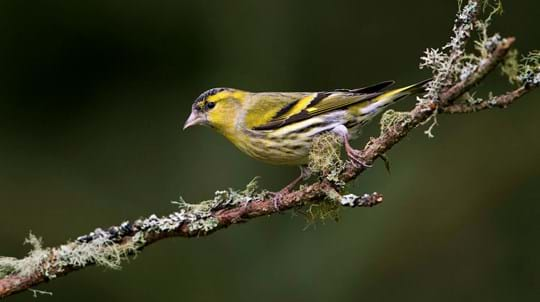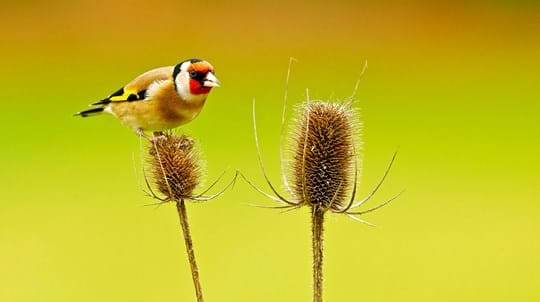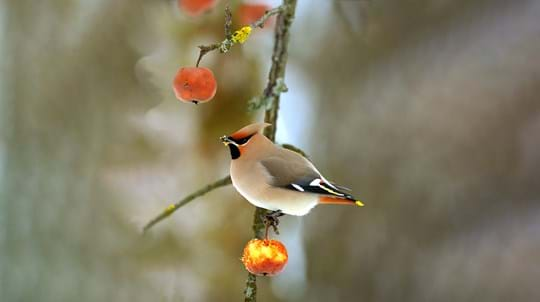
Credit: Mandy West / WTML
What do bramblings eat?
While they are in the UK, bramblings feed mainly on nuts, seeds and berries. The nuts of beech trees are favoured in particular and flocks of birds will travel in search of this food source. In their summer range, they will also take insects and invertebrates, such as caterpillars and beetles.











